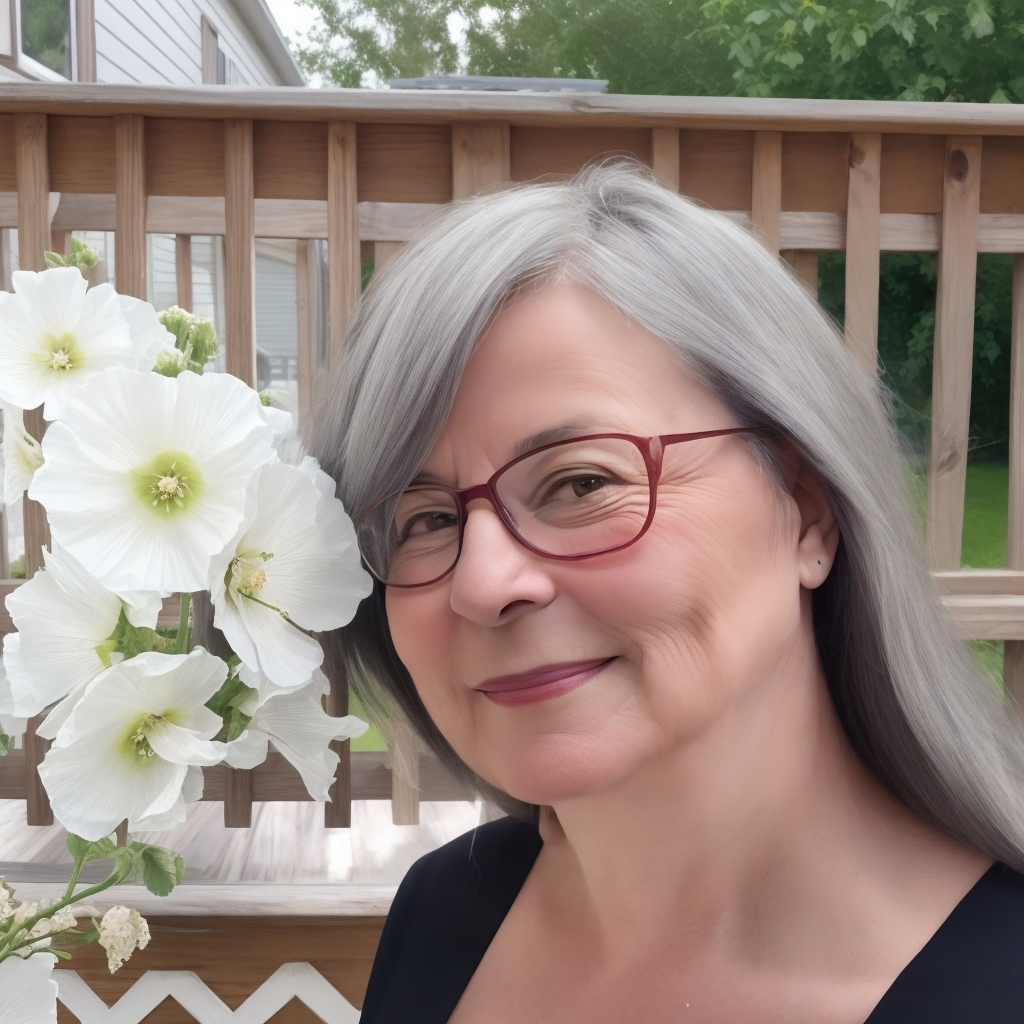A Journey from Exclusion to Freedom
As a child, I often found myself on the periphery of social circles, not by choice, but by circumstance. Bullied and excluded from activities with my peers, I learned early on the stark difference between being alone and being lonely. The sting of rejection and the whispers behind my back became familiar companions. These experiences, though painful, sowed the seeds of my appreciation for solitude, a relationship that would evolve profoundly over the years.
The Roots of Solitude
The origins of my solitude are deeply rooted in my childhood. Bullying and exclusion were almost daily occurrences, shaping my worldview in ways that only a child enduring such treatment can understand. I remember the playground as a battlefield where I was often the target of cruel jokes and physical intimidation. These moments, seared into my memory, created a cocoon of solitude where I found refuge from the relentless negativity of my peers.
This forced isolation had an unexpected side effect: it made me acutely aware of my inner world. With no social distractions, I delved into books, art, and nature. My imagination became my best friend, and in those solitary moments, I found a sense of peace that the chaotic outside world could never offer.
Struggles with Depression and Anxiety
However, solitude was not always a sanctuary. The isolation and bullying left deep scars, leading to struggles with depression and anxiety. As an adolescent, the weight of these mental health challenges became increasingly difficult to bear. Depression often felt like an endless gray cloud, obscuring any hope of a brighter future. Anxiety manifested as a constant, nagging fear of judgment and rejection, making even the simplest social interactions feel like insurmountable obstacles.
Therapy and self-reflection revealed that my depression and anxiety were, in part, products of my early experiences with exclusion and bullying. Understanding this connection was crucial in my journey toward healing. It allowed me to see that while solitude could be a place of refuge, it also had the potential to become a prison if not balanced with healthy social interactions and self-care.
The Empath’s Dilemma
Being an empath added another layer of complexity to my relationship with solitude. Empaths are often deeply in tune with the emotions of others, which can be both a gift and a curse. My sensitivity made me an easy target for manipulation. Friends and acquaintances who recognized my empathetic nature often exploited it, draining my energy and leaving me feeling used and unappreciated.
This realization reinforced my retreat into solitude. It was in these quiet, reflective moments that I could recharge and regain my sense of self. However, the downside was that it also reinforced my distrust of others, further isolating me from potential genuine connections.
Freedom in Solitude
Despite its challenges, solitude has become a source of immense freedom for me. In solitude, I am not bound by the expectations or judgments of others. I can explore my thoughts and feelings without the noise of external influences. This freedom has allowed me to cultivate a deeper understanding of myself and my place in the world.
In solitude, I have found the space to pursue my passions without interruption. Writing, painting, and gardening are activities that thrive in the quiet of my solitary moments. Nature, in particular, has been a constant companion. The tranquility of a forest walk or the gentle rhythm of waves on a beach provide a sense of connection and grounding that is both comforting and inspiring.
The Healing Power of Nature and Animals
My love for animals and nature has been a cornerstone of my healing journey. Animals, with their unconditional love and acceptance, offer a type of companionship that is pure and uncomplicated. The bond I share with my pets is a testament to the profound impact animals can have on our emotional well-being. They offer a sense of belonging and unconditional love that is often hard to find in human relationships.
Nature, too, has been a powerful healer. The natural world, with its cycles of growth and renewal, mirrors the process of healing and personal growth. Gardening, for instance, is not just a hobby but a therapeutic practice. The act of nurturing plants and watching them thrive provides a sense of accomplishment and connection to the earth.
Embracing Solitude as Self-Care
The journey from childhood exclusion to embracing solitude has been a transformative one. I have learned that solitude, when approached mindfully, can be a profound act of self-care. It is in these quiet moments that I can listen to my inner voice, process my emotions, and recharge my spirit.
Practicing self-care in solitude involves setting boundaries to protect my mental and emotional health. This means saying no to draining relationships and activities, and yes to those that nurture my soul. It involves creating a space where I can be my authentic self, free from the pressures and expectations of others.
Solitude has taught me resilience and self-reliance. It has shown me that I am capable of finding joy and fulfillment within myself, without relying on external validation. This inner strength has become a cornerstone of my identity, guiding me through life’s challenges with a sense of calm and confidence.
Conclusion: The Gift of Solitude
While my journey into solitude began as a response to exclusion and bullying, it has evolved into a cherished aspect of my life. Solitude is no longer a place of loneliness but a sanctuary of freedom and self-discovery. It is where I find my deepest inspirations and my truest self.
For anyone struggling with the dualities of solitude and social expectations, I offer this: Embrace your solitude. Let it be a space of healing and growth. Allow it to nurture your passions and soothe your soul. In a world that often equates being alone with being lonely, remember that solitude can be a profound gift, offering insights and freedoms that are uniquely your own.
With love and light, Tesie Mills

